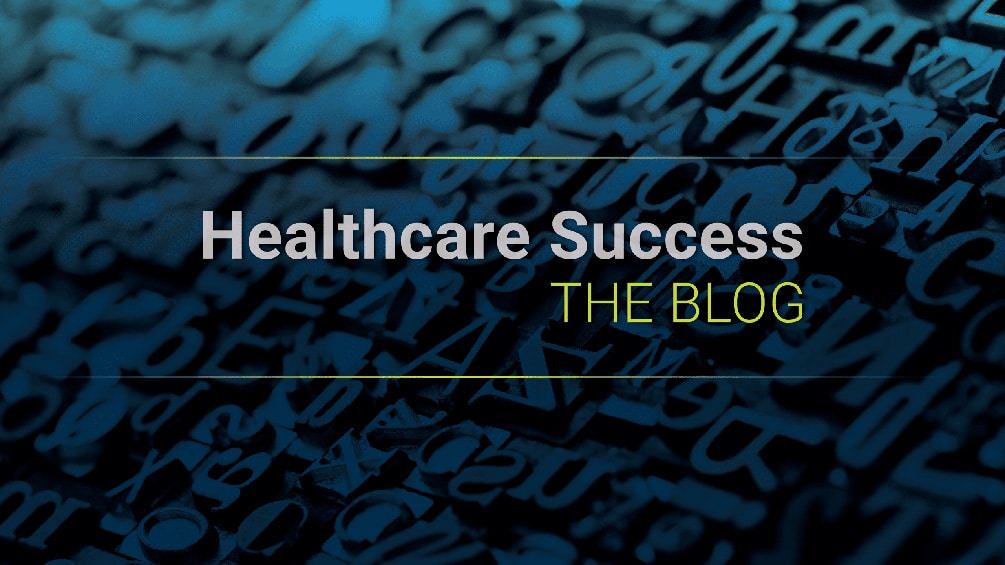Troubling Reasons Why Healthcare Providers Must Be Motivational Communicators
Tips for provider and staff who talk with reluctant patients scared by economic tough times.
Effective physician-patient communication skills are increasingly critical in the clinical setting. Here's why the "new normal" in healthcare now demands a team approach that applies these basic ingredients. It's a page from every successful sales executive's playbook.
Some physician stories we hear are equally troubling and insightful.
They illustrate the growing need for medical providers and staff—as well as hospitals and others in healthcare—to enhance their patient communications skills.
One disquieting conversation we had recently with a multi-provider pediatric group is typical. They were reporting that their patient-visit count is down. Not only were they seeing fewer routine or "well-child" visits, it seems that parents were not making appointments as soon as a child's illness was detected.
Many parents were being reluctant, delaying or avoiding seeing their pediatrician. It's one thing for an adult to avoid "going to the doctor," but keep in mind that this conversation was about parents and their children's healthcare.
Adult patient practices tell us similar tales. For example, a general surgery group reports a slowing of people scheduling important surgical matters. Some people are putting off or delaying surgery, mainly due to the expense. These are not elective or cosmetic surgery recommendations; these are necessary surgeries where delay or avoidance is usually not an option.
And then there are the anecdotal "compliance" or "acceptance" stories where patients don't follow through with treatment plans, medications, screenings, lab test or procedures. (Think mammogram or colonoscopy.)
The New Normal is a financially sensitive mindset.
This troubling pattern is one byproduct of the tough economic times we've all been through recently. It's part of the "new normal," where dollar-and-cents weigh heavily in personal and family healthcare decisions. More than ever before, money matters—even when the symptoms, medical issues or consequences are potentially serious.
Many people don't have health insurance. And people with coverage are paying higher premiums, higher deductibles and/or higher co-pay amounts. Instead of a visit to the doctor, individuals may use over-the-counter remedies, seek low-cost clinics or hope that symptoms will disappear (or deal with the problem later).
The provider team's communications role has evolved.
For these reasons and others, the importance of effective patient-physician communications is now highly critical. Unlike the past, many patients need to better understand their medical situation, to be clear about the course of treatment and to be fully aware of the consequences of delay or inaction.
Many physicians and insurance-based practices don't have the experience or training to communicate on this level. They are not used to having this type of conversation. Until recently patient acceptance and compliance was the norm...virtually automatic.
Training in communications skills has been required of medical students only since 1995. And the US Medical Licensing Exam began testing on interpersonal and communications skills in 2005. The New Normal now demands that healthcare providers be more tuned into these changed attitudes. The provider and staff, working as a team, now need to communicate and to motivate.
Patient inaction may lead to more serious health issues that are more difficult and even more expensive to treat later. More importantly, recent studies have underscored the simple fact that healing goes better when doctors and patients communicate well.
Four fundamental steps for "making the sale."
The process of effective physician-patient communications requires education, training and practice. Fortunately there's an abundance of available resources available for professionals and staff. (If you need a little guidance on locating the help you need, please give us a call.)
It may be surprising to think of healthcare in terms of "making the sale," but society's mindset has changed. As a starting point, here are some of the basic building blocks that are familiar to every successful sales executive.
- Begin with the end in mind. Be clear about what you want the patient to know and what you want them to do as a result of the conversation. If possible, make it a measurable objective. Remember that the medical or clinical issues and course of treatment may be second nature to you, but the patient probably does not know. Focus on the objective and how to make it clear to the patient.
- Connect with the patient's needs and wants. Returning to "good health" sounds elementary and self-evident, but compliance is motivated in part by the benefits to be realized. Communicating the course of treatment has little value without acceptance of the need and desire for a positive outcome.
- Use checking questions. Have a feedback loop during the conversation. Checking questions can confirm that the message that you're sending is the message that's being heard and understood. The patient's answers can reveal misunderstandings and signal acceptance or objections, proving clues to what needs to be said or repeated.
- Confirm the next step. Ask for a specific commitment and/or action step. Surprisingly, many people avoid asking directly or assume that they have an agreement. You have to ask.
There's more to it of course, such as active listening, speaking in understandable (not overly clinical) terms, finding the right degree of advocacy, interpreting nonverbal feedback and detecting and answering objections.
It's also a team endeavor. While the provider recommendations and patient interaction is key, the educational and communications process needs to be consistent throughout the office. And regular practice improves success.
We've written often about the New Normal, and we hear about it almost daily. Society attitudes have changed along with the healthcare delivery system, and being a motivational communicator has evolved as a larger part of the provider role. The payoff for both patient and physician can be measured in improved outcomes, better health and improved patient satisfaction.
We'd like to hear from you on this topic, so let us know how the New Normal has changed your role in today's healthcare.








